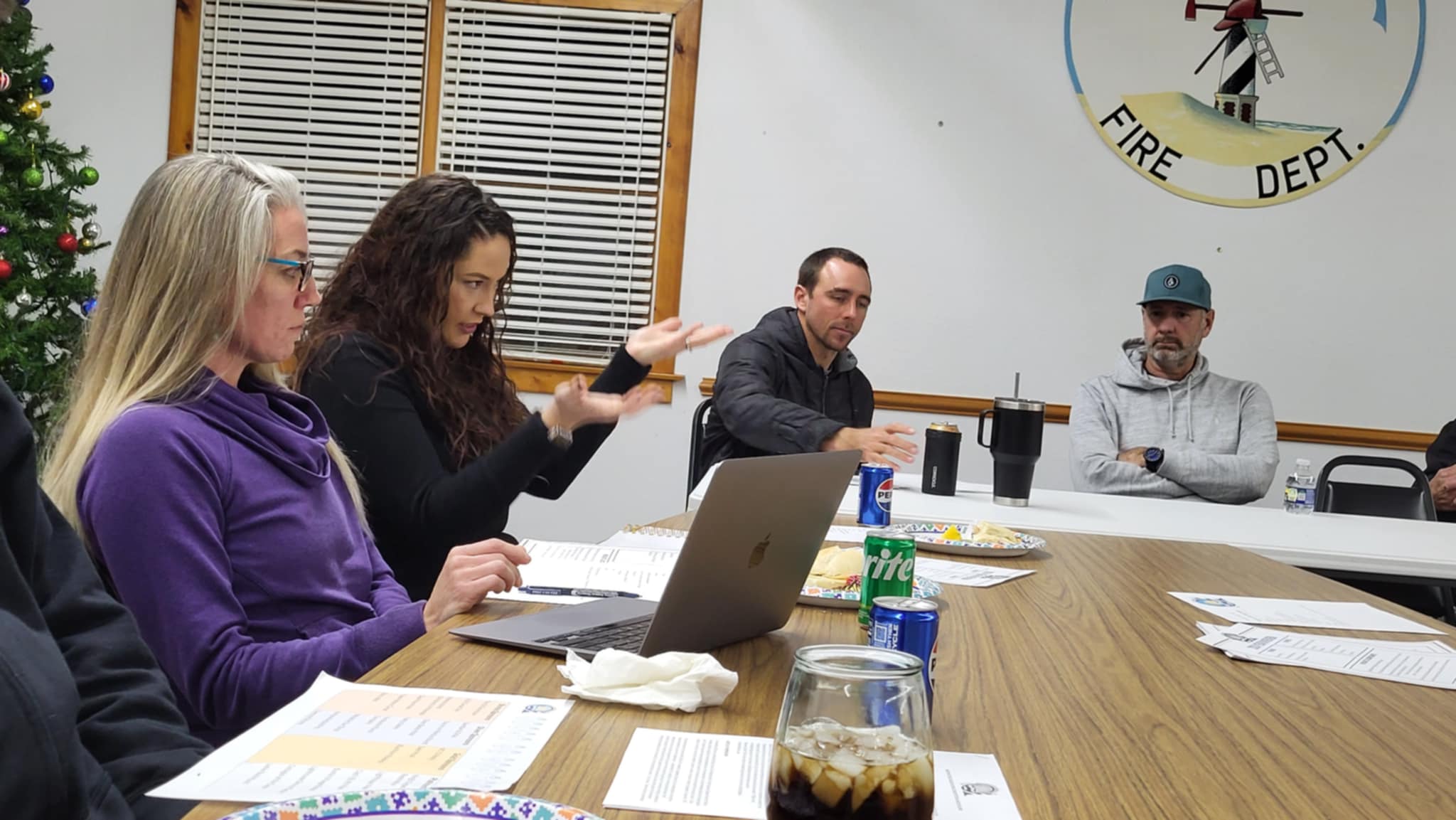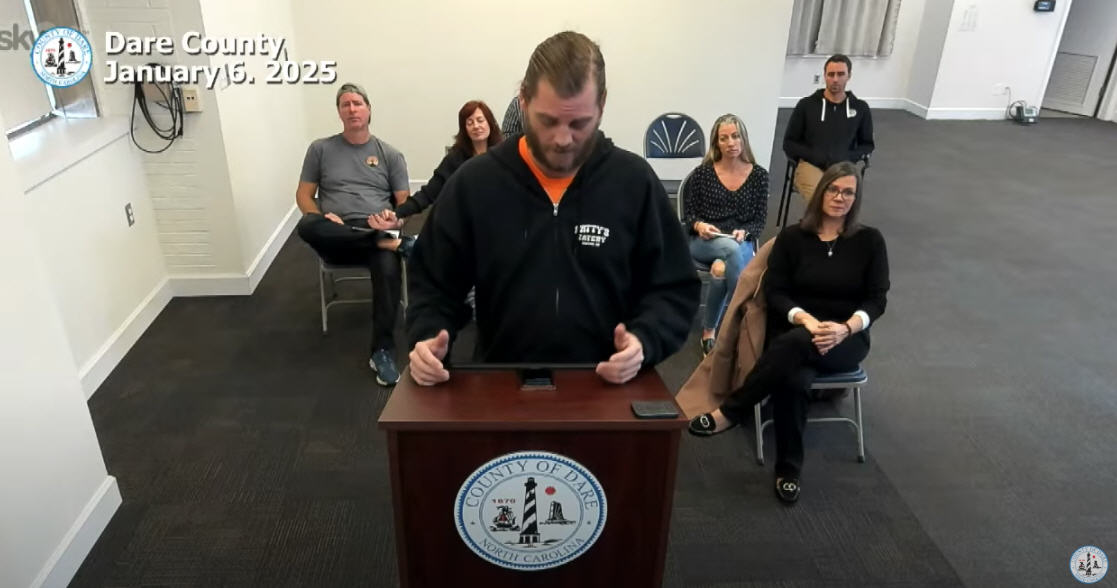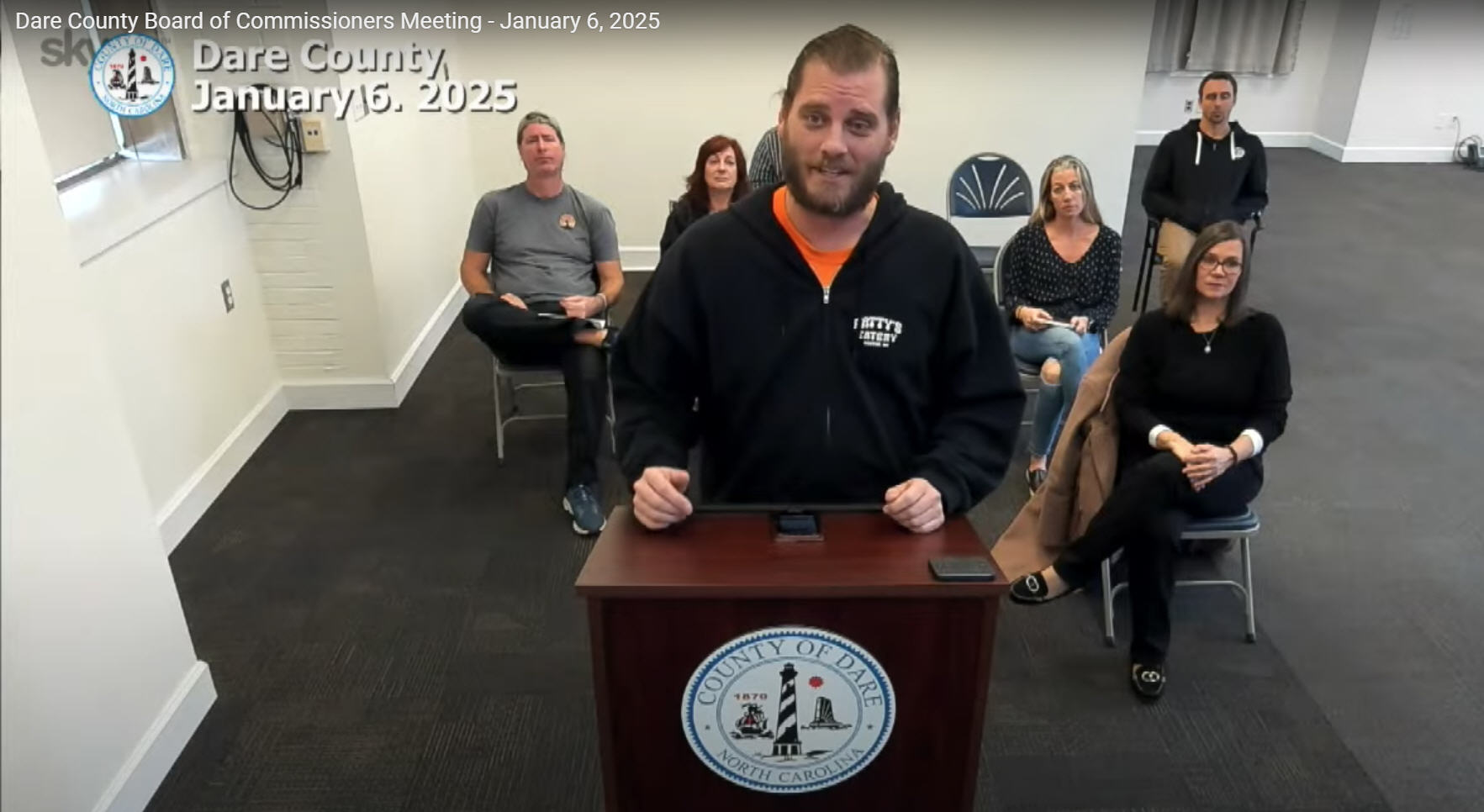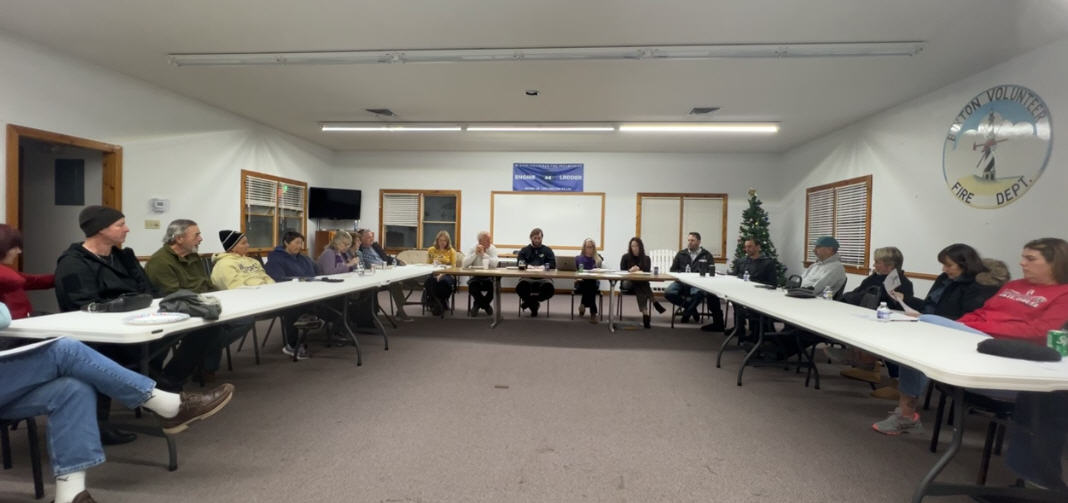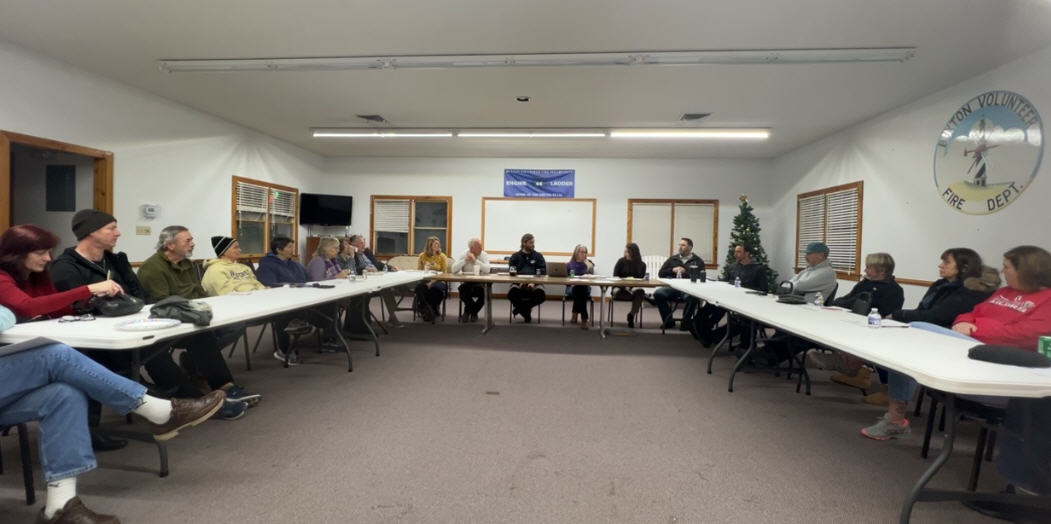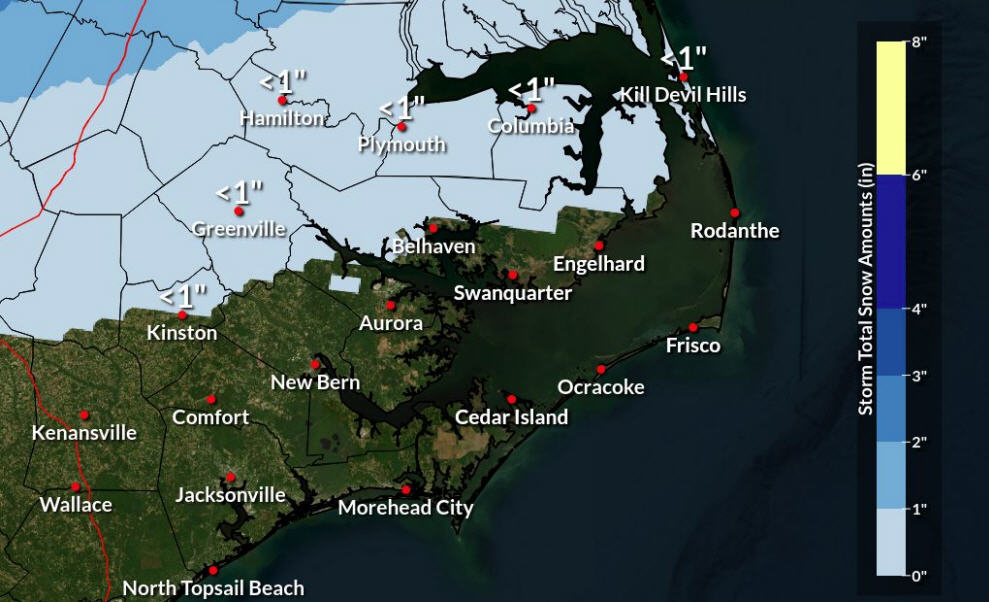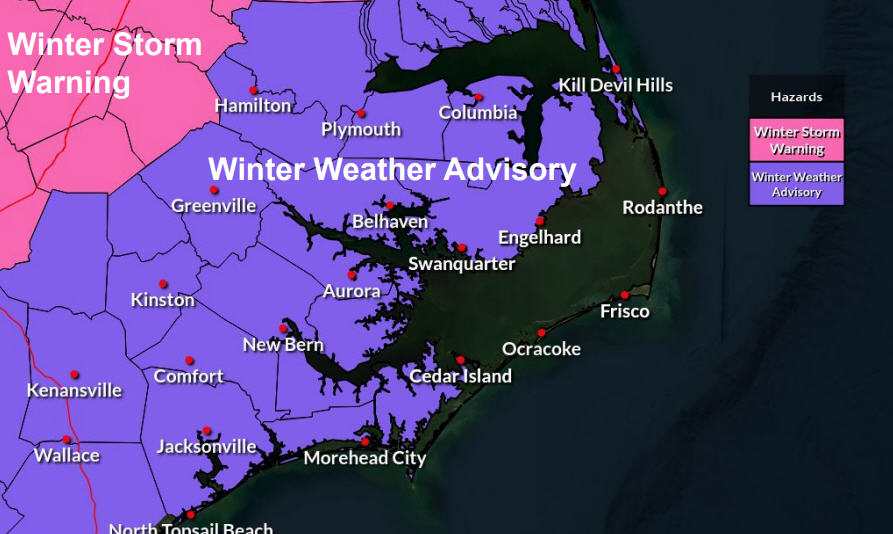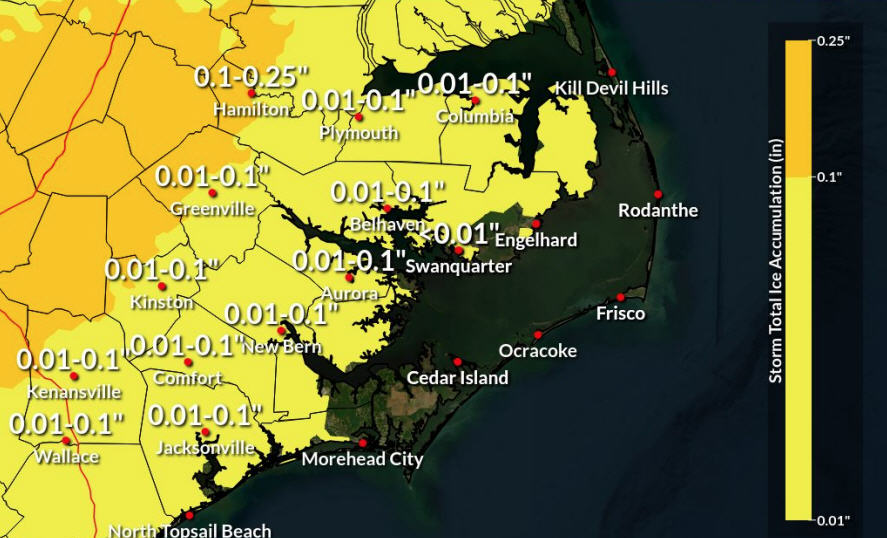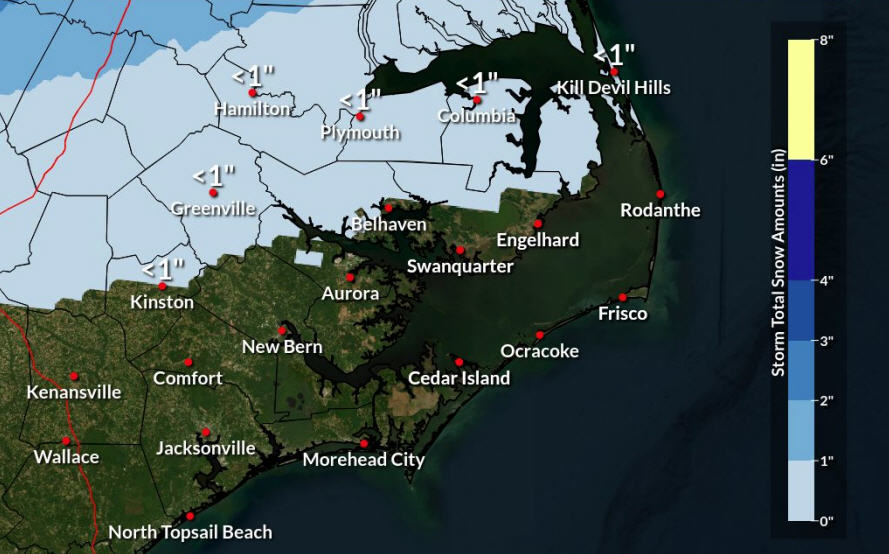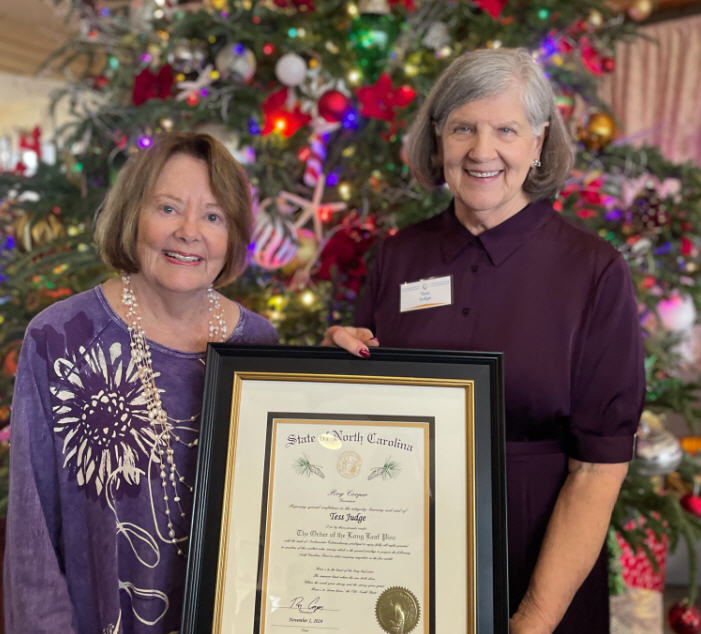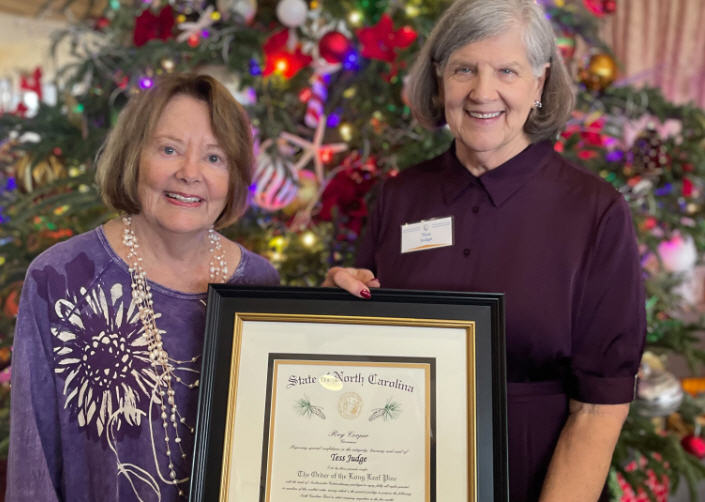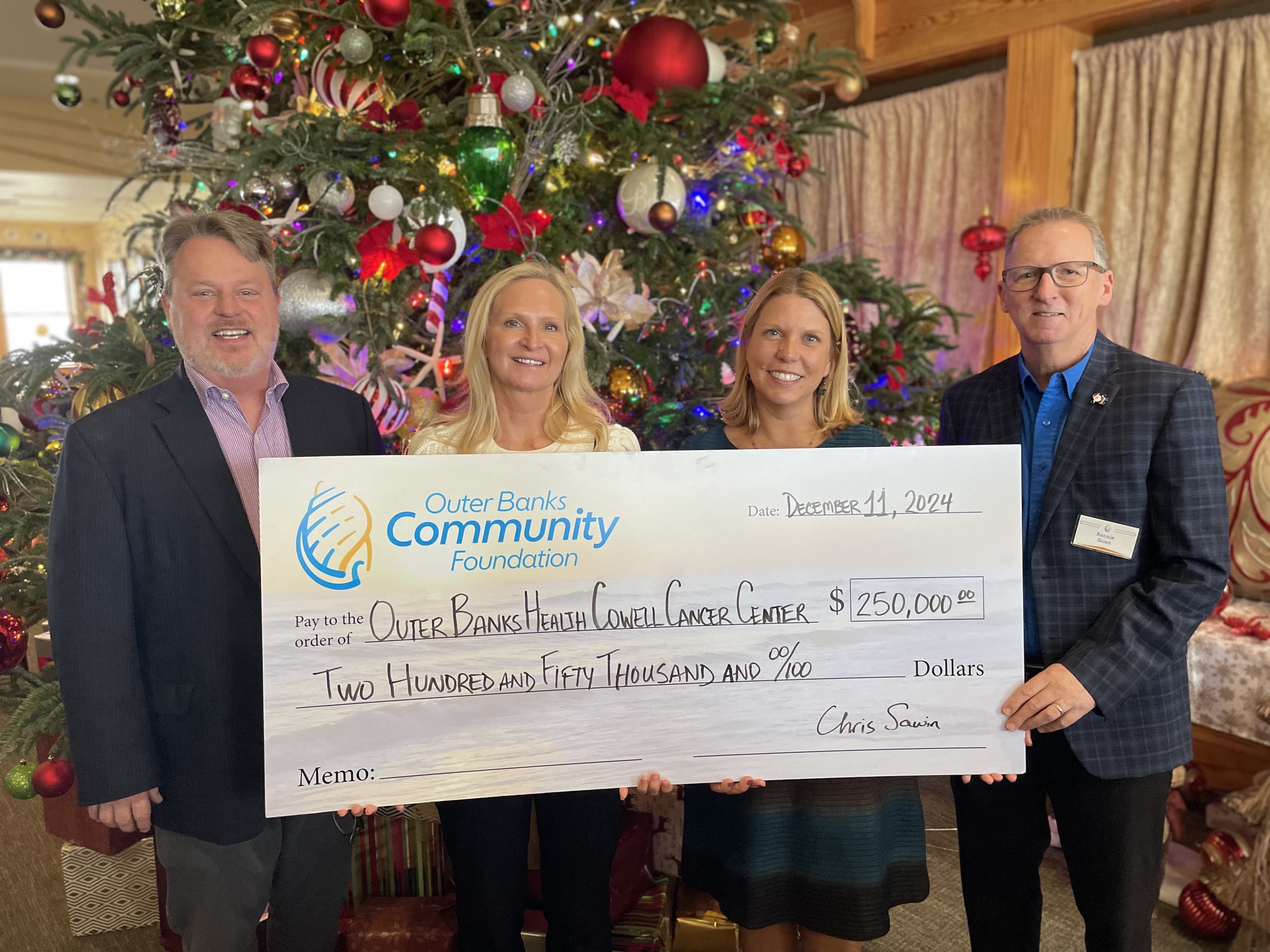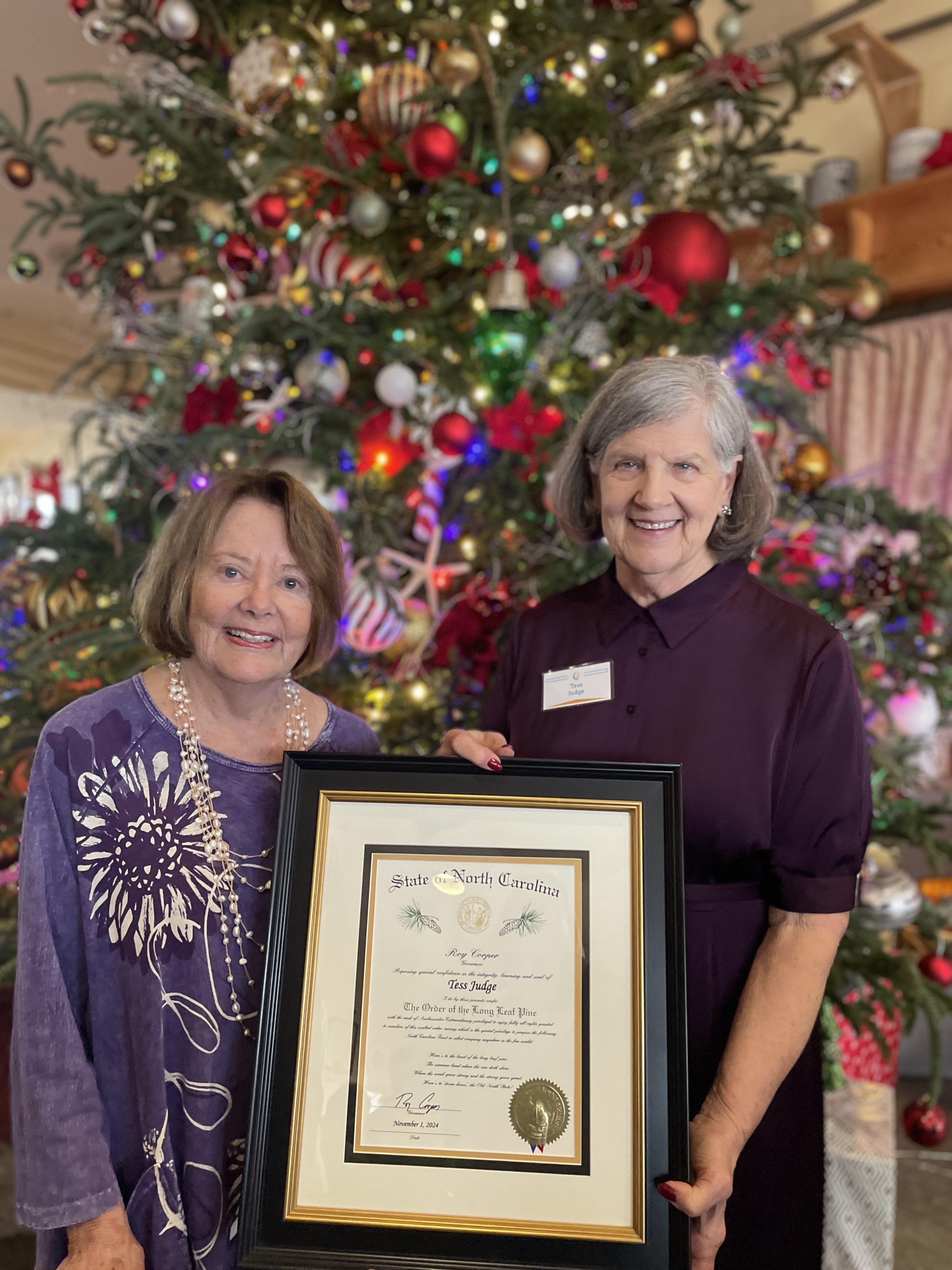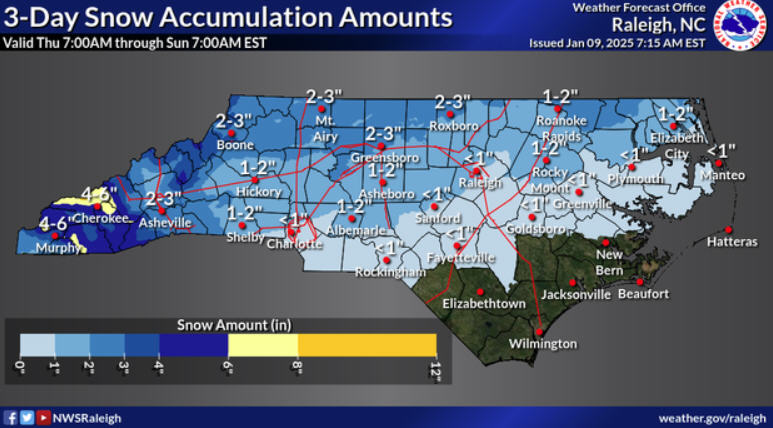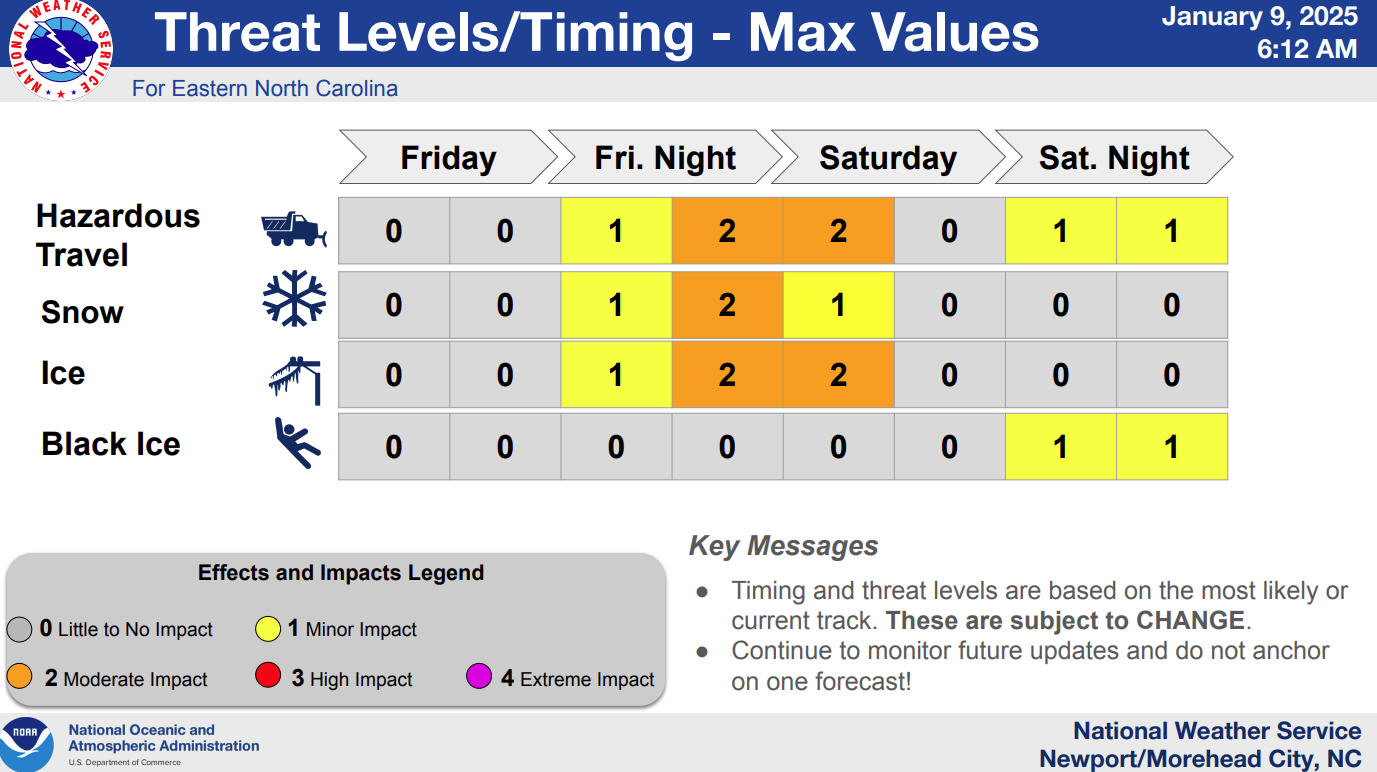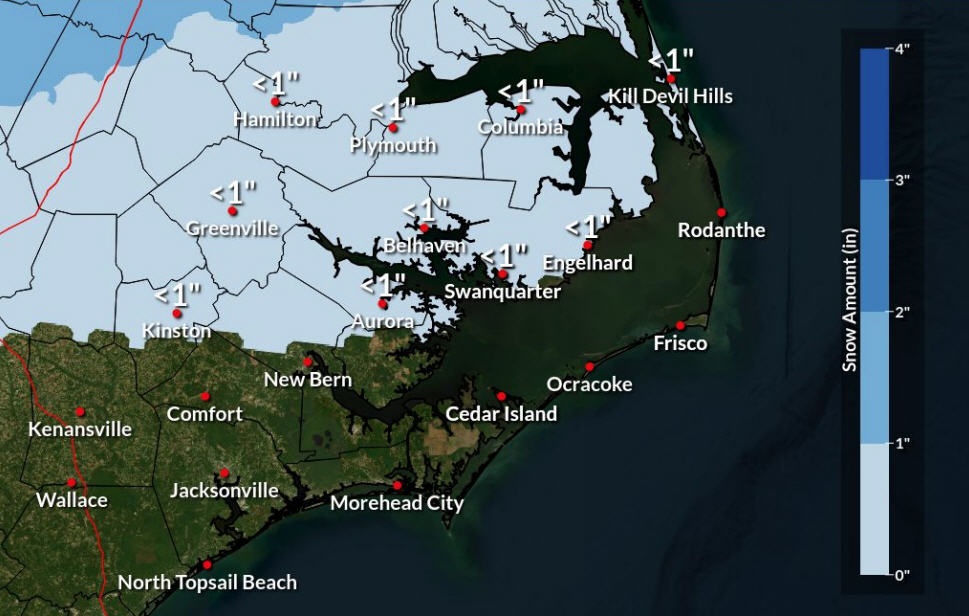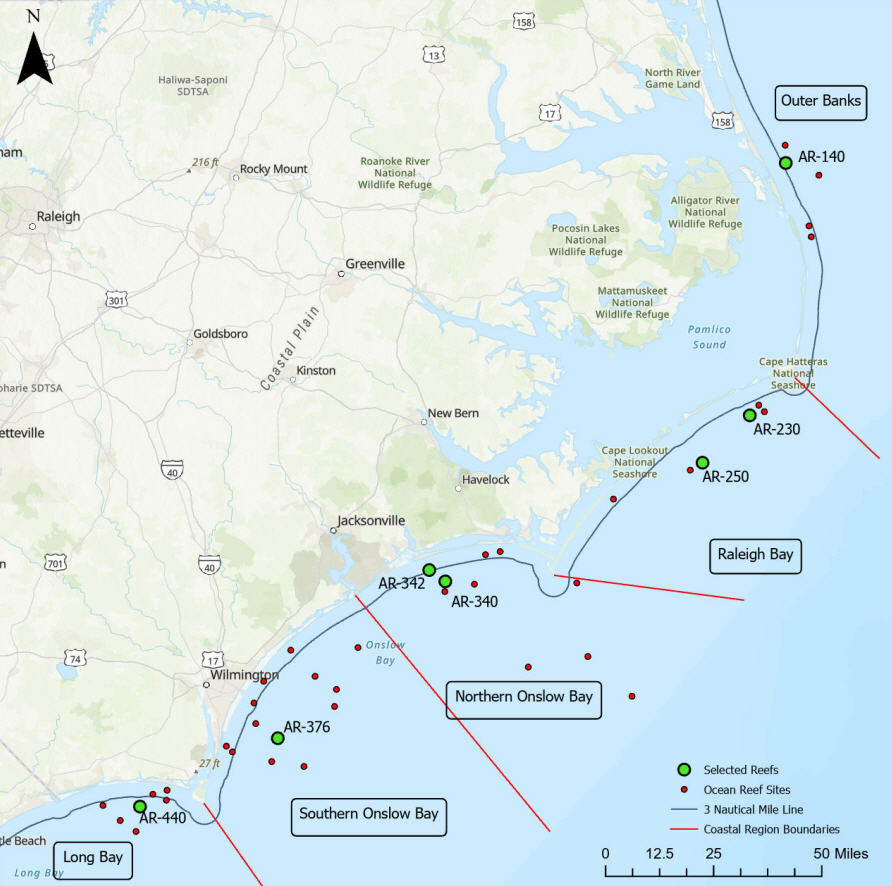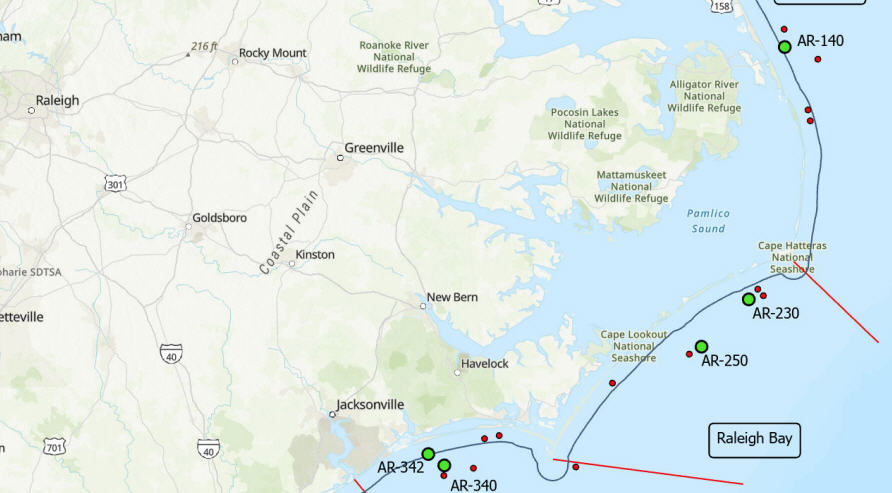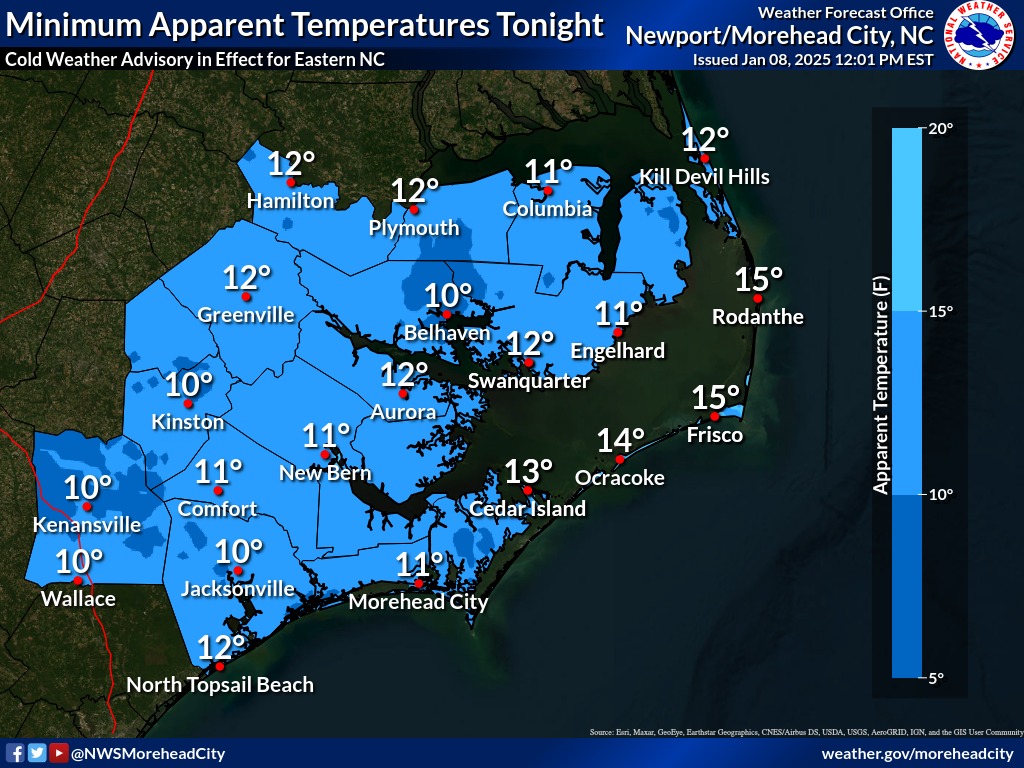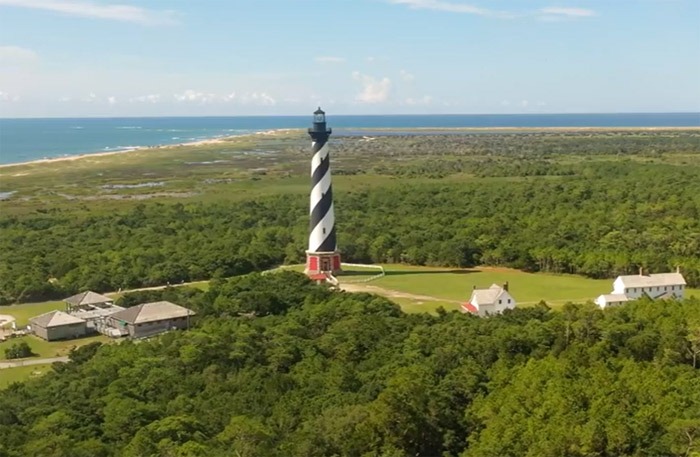Pedestrian access to Cape Point reopened; ORV access may come in two weeks
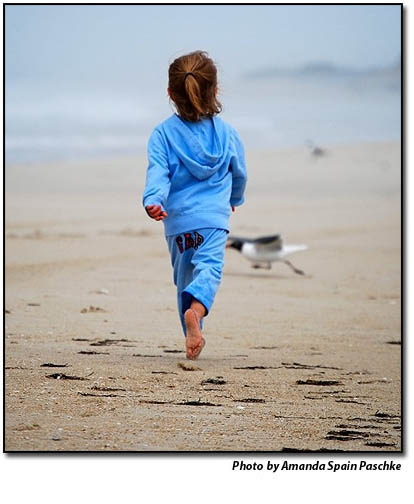
By IRENE NOLAN
By IRENE NOLAN
The east side of Cape Point reopened to pedestrians yesterday, July 7, and the area could be open to off-road vehicles in two weeks.
Access for pedestrians is via a corridor that begins about 100 meters south of Ramp 44.
Although the piping plover chicks in the area east of Cape Point had fledged by last week, access to the Point has remained closed because of a resource protection closure for unfledged American oystercatcher chicks south of Ramp 44.
The oystercatcher chicks, which are provided a 200-meter buffer under the consent decree, have now fledged, and the access corridor has reopened to pedestrians. Pets are not allowed in the pedestrian corridor.
“Young oystercatcher fledglings are relatively large birds and weak flyers and are less capable of getting out of the way of moving vehicles or pets off leash,” the Park Service said in a media release. “There is a two-week waiting period after oystercatcher chicks fledge before an area is reopened to ORVs or pets. It is expected that the access corridor to the Point will reopen to ORV access and pets in about two weeks, provided no new resource closures occur in the area.”
According to the National Park Service’s weekly resource management report, 15 piping plover chicks have fledged at Cape Point, which is considerably more than the four fledged there last year.
Doug McGee, the Park Service’s lead biologist for Hatteras said that increase may be partly because of the wet spring, which kept the areas that the plovers like to forage in from drying up too early. McGee said he also thinks that earlier pre-nesting closures benefited this year’s breeding pairs, who settled down and started nesting slightly earlier than last year.
There are three oystercatcher plover chicks that have not fledged from a nest west of Cape Point. McGee said those chicks are ready to fledge and that he doesn’t think this brood will interfere with opening access to the point from the east at Ramp 44.
Last year, two piping plover chicks fledged on Ocracoke – for a total of six in the seashore.
This year, McGee said, the chicks at Cape Point have had fewer losses to predators, while the chicks on Ocracoke have been taken a heavy hit from ghost crabs and other predators.
So far, no chicks have fledged on Ocracoke, McGee said, and only one nest remains.
If Cape Point opens in two weeks – on or about July 21, it will be earlier than last year.
The Point opened to pedestrians on July 17, 2009, and it opened to ORVs on July 29.
Temporary resource protection areas are established to protect threatened and endangered species, including piping plovers and sea turtles, as well as state or federal species of concern, including American oystercatchers and colonial waterbirds (terns and black skimmers).
The east side of Cape Point reopened to pedestrians yesterday, July 7, and the area could be open to off-road vehicles in two weeks.
Access for pedestrians is via a corridor that begins about 100 meters south of Ramp 44.
Although the piping plover chicks in the area east of Cape Point had fledged by last week, access to the Point has remained closed because of a resource protection closure for unfledged American oystercatcher chicks south of Ramp 44.
The oystercatcher chicks, which are provided a 200-meter buffer under the consent decree, have now fledged, and the access corridor has reopened to pedestrians. Pets are not allowed in the pedestrian corridor.
“Young oystercatcher fledglings are relatively large birds and weak flyers and are less capable of getting out of the way of moving vehicles or pets off leash,” the Park Service said in a media release. “There is a two-week waiting period after oystercatcher chicks fledge before an area is reopened to ORVs or pets. It is expected that the access corridor to the Point will reopen to ORV access and pets in about two weeks, provided no new resource closures occur in the area.”
According to the National Park Service’s weekly resource management report, 15 piping plover chicks have fledged at Cape Point, which is considerably more than the four fledged there last year.
Doug McGee, the Park Service’s lead biologist for Hatteras said that increase may be partly because of the wet spring, which kept the areas that the plovers like to forage in from drying up too early. McGee said he also thinks that earlier pre-nesting closures benefited this year’s breeding pairs, who settled down and started nesting slightly earlier than last year.
There are three oystercatcher plover chicks that have not fledged from a nest west of Cape Point. McGee said those chicks are ready to fledge and that he doesn’t think this brood will interfere with opening access to the point from the east at Ramp 44.
Last year, two piping plover chicks fledged on Ocracoke – for a total of six in the seashore.
This year, McGee said, the chicks at Cape Point have had fewer losses to predators, while the chicks on Ocracoke have been taken a heavy hit from ghost crabs and other predators.
So far, no chicks have fledged on Ocracoke, McGee said, and only one nest remains.
If Cape Point opens in two weeks – on or about July 21, it will be earlier than last year.
The Point opened to pedestrians on July 17, 2009, and it opened to ORVs on July 29.
Temporary resource protection areas are established to protect threatened and endangered species, including piping plovers and sea turtles, as well as state or federal species of concern, including American oystercatchers and colonial waterbirds (terns and black skimmers).
Subject
Name
(required, will not be published)
(required, will not be published)
City :
State :
Your Comments:
May be posted on the Letters to the Editor page at the discretion of the editor.
May be posted on the Letters to the Editor page at the discretion of the editor.
May be posted on the Letters to the Editor page at the discretion of the editor.
May be posted on the Letters to the Editor page at the discretion of the editor.





